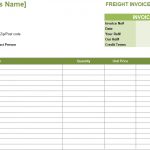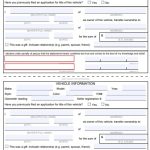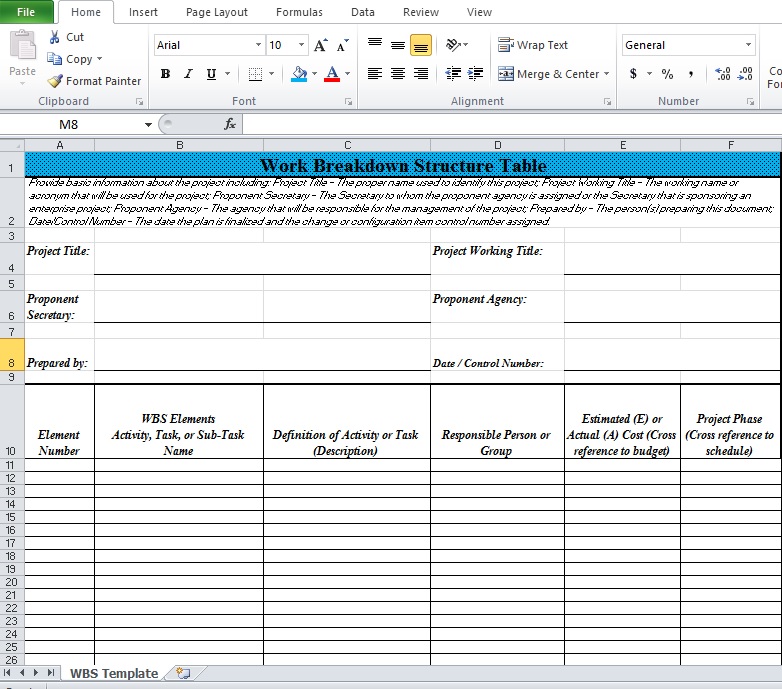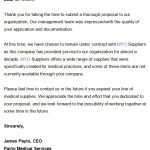An inventory template is an effective record-keeping tool used by a company or business to input, manage, and organize their inventory data. They use it to facilitate the management of resources and forecast production costs. This document makes sure that there is a balance between inventory and sales.
Table of Contents
What is an inventory spreadsheet?
An inventory spreadsheet is a pre-made document used to record details of the resources that a company owns. This document helps you to keep a record of items in your inventory such as their quantity, cost, purchase date, unit price, and more.
Furthermore, an inventory spreadsheet helps you avoid running out of items or overstocking by allowing you to monitor your inventory levels. Also, it can save you from the hassle of manually entering data.
What to include in an inventory template?
Your inventory spreadsheet includes the following basic contents;
- Name of the inventory: First, you need to specify the specific name of the inventory. Write the inventory details and description across the row and the name of each inventory down the column.
- Category: According to your classification of goods and materials, write the inventory in which category they fall in.
- Availability: It refers to each inventory number present in the stock.
- Date and time: Specify the date and time when the inventory was checked.
- Unit price: Write the unit price of each inventory.
- Inventory value: The total value of all the same inventories in stock is referred to as inventory value. To obtain this value, multiply the availability number with the unit price.
- Lead time in days: It refers to the estimated time between the time of the order of the inventory and the time it is supplied.
- Reorder point: To obtain the unit quantity of inventories, multiply the average daily demand rate by the lead time.
- Order quantity: It refers to the number or volume of inventories that you want to order.
Different types of inventory:
There are four different types of inventory;
Raw material inventory
The items or resources that a company uses to create finished products for sale are referred to as raw materials. Depending on what product is being produced, raw materials vary from one production to the other
Work-in-process inventory
This type of inventory represents all items made from raw materials before making the finished product. Generally, work-in-process inventory refers to the combination, processing, and assemblage of raw materials.
Finished goods inventory
The final goods or products that are ready for sale to the customers are known as the finished products. You can assess customer demand by keeping track of finished goods. Use a finished goods inventory list template to specify a detailed description of the finished product.
MRO goods inventory
MRO stands for Maintenance, Repair, and Operation. This type of inventory keeps the production process functional.
Free Printable Inventory Spreadsheet Template
Inventory Template with Formulas Free Download
Inventory Spreadsheet Template
Small Business Inventory Spreadsheet Template
Printable Inventory Sheet Template
Inventory Management Excel Template
Free Restaurant Inventory Spreadsheet
What are the benefits of using an inventory template?
Here are the benefits of using an inventory template;
- The inventory template enables you to keep a record of every goods and material so that the smooth running of the business becomes possible.
- The inventory helps you in your budget planning as it records all items in the stock. Also, it allows you to plan the project effectively that the business or company should undertake at that moment.
- The customers just want to get their commodities when they need them as they have nothing to do with stock-taking or shipping. You may lose your customers if you can’t meet their requirements.
- With the inventory sheet, you can record the business running. An up-to-date inventory sheet shows you the following;
1- Goods in stock
2- The goods or materials sold
3- The goods and materials that you have ordered from the manufacturer
4- The cost of purchase
5- The cost of selling
All these details measure the business efficiency and ensure that there is a balance between the demand and supply of goods and materials.
How to use an Excel inventory template?
Consider the following steps to complete an Excel inventory template;
- First, you need to create an inventory sheet in Excel according to your business or company requirements. Moreover, ensure that it contains all the needed information.
- After creating the sheet in Excel, print it out.
- Determine inconsistencies and inefficiencies in the inventory as one makes rounds in the storage area. Any amendments and improvements that come to mind when you are on a trip, note them. Don’t record inventory in a hurry because it can lead to missing information.
- After making necessary changes and improvements, input information onto the spreadsheet in Excel. Use in-built excel formulas to carry out required calculations However, you can also do manual calculations as they are still effective. When transferring information, you need to be thorough so that you can transfer true and accurate data.
- After every audit, you must update the inventory list. For every inventory audit, create a new tab to have a much-needed inventory history. It’s up to either to review their inventory weekly, bi-weekly, or monthly.
FAQ’s
The process of ordering, tracking, using, and selling a company’s inventory is referred to as the inventory process. This process involves the management of raw materials and finished products.
It should contain the following details about a product;
1- Name
2- SKU number
3- Description
4- Pricing
5- Quantity

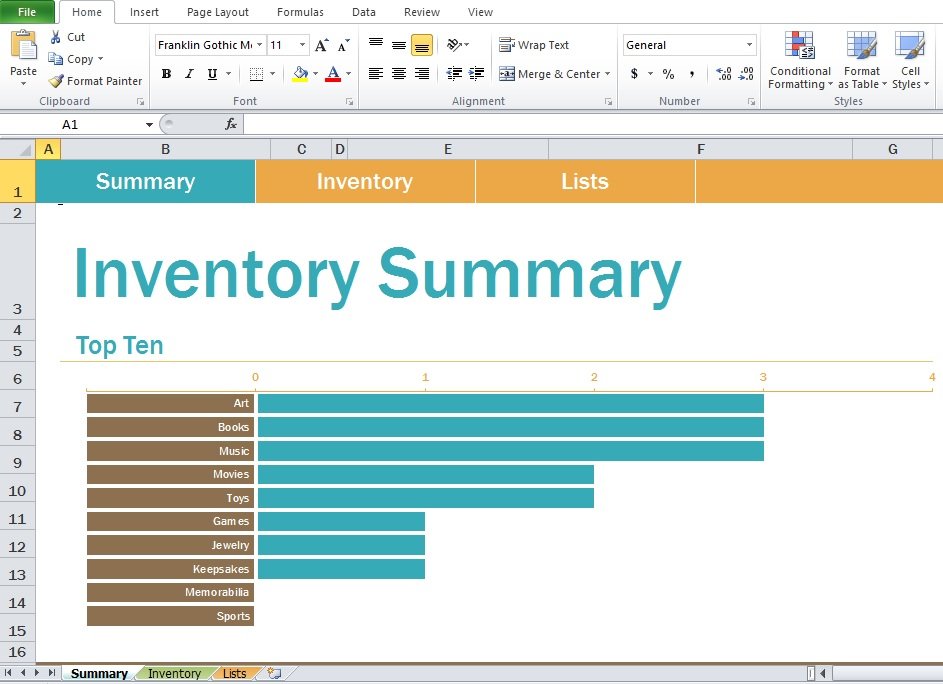

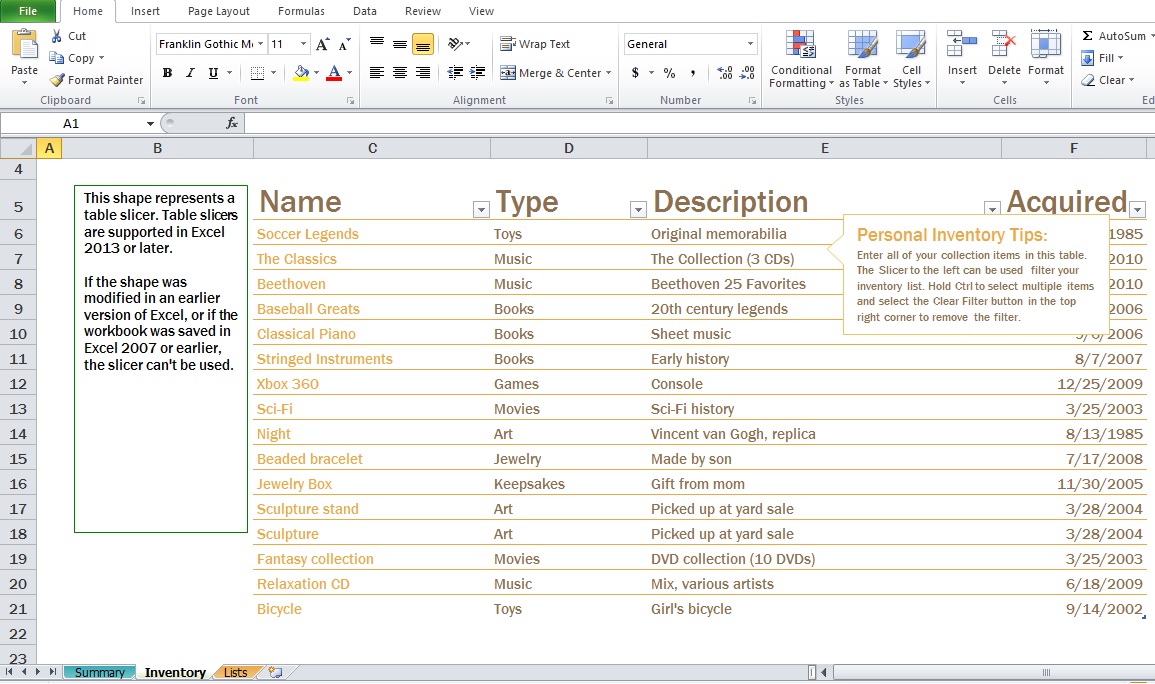
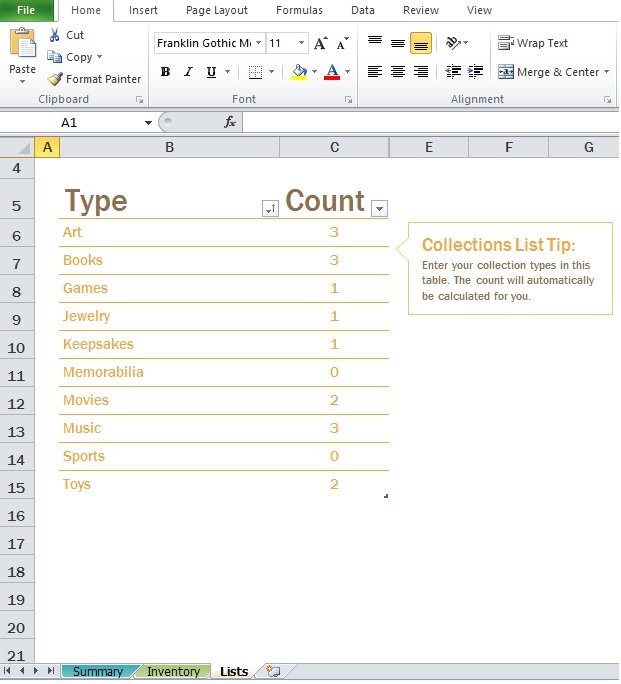
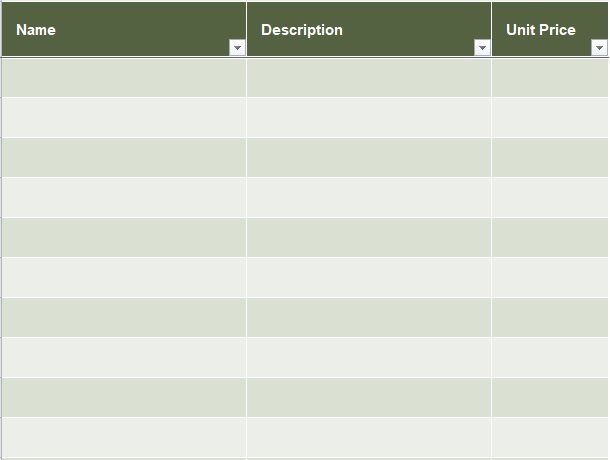
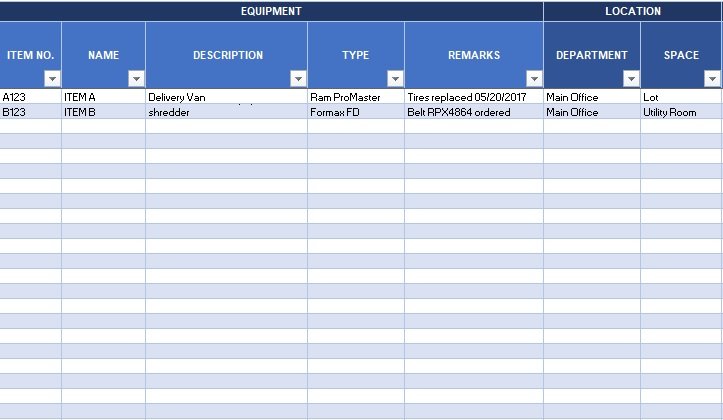

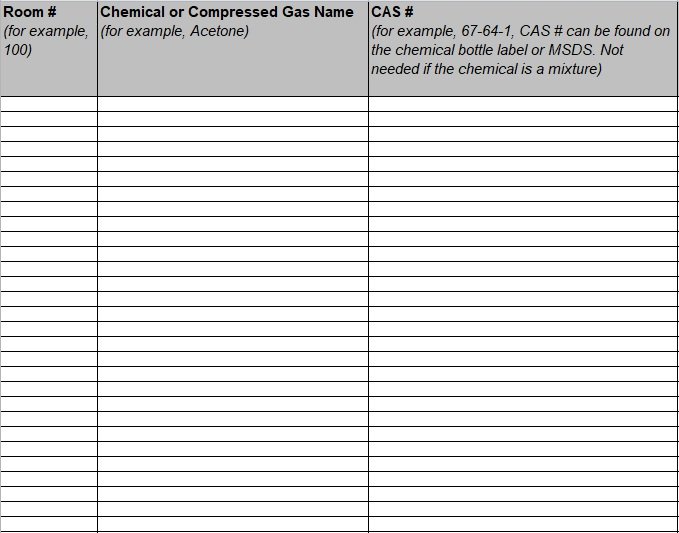



![Free Research Paper Template [Word, PDF]](https://exceltmp.com/wp-content/uploads/2021/04/research-paper-template-word-150x150.jpg)
